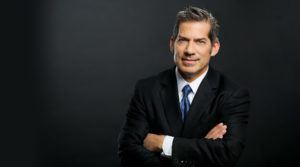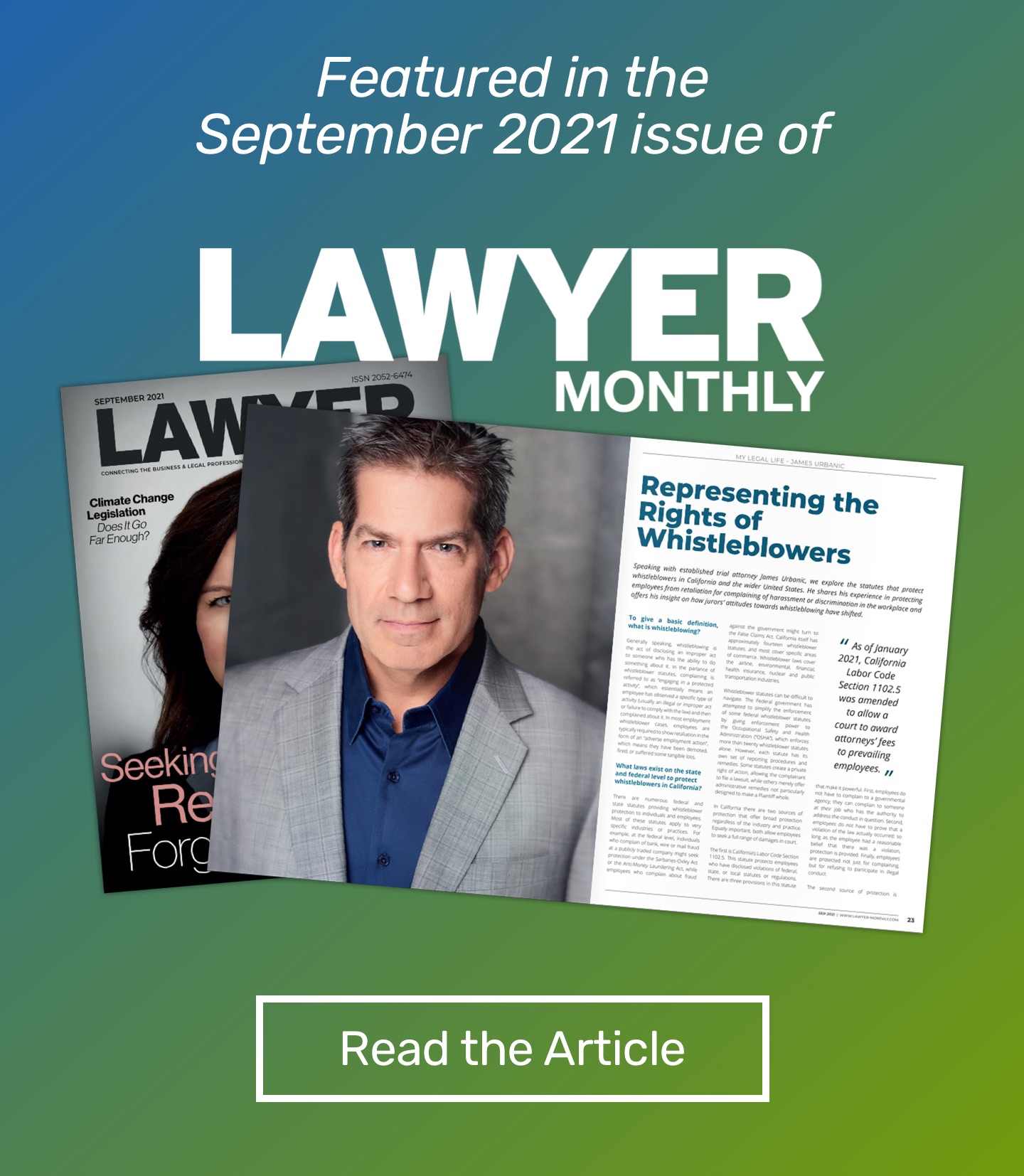
Three part series on vaccines and your rights, from a legal perspective.
Part 1: Vaccine Mandates at Work, is it Legal?
The recent push for Covid-19 vaccines has polarized the public. In many states – including California – the battle over vaccinations has moved into the workplace. Despite concerns, vaccine requirements are still around because vaccines work. Smallpox killed over 500 million people before a vaccine was created. The smallpox vaccine was used in the United States until approximately 1972, and by 1980 smallpox had essentially been eradicated. Polio outbreaks in the United States during the first half of the 20th century caused countless permanent injuries and numerous deaths. The Polio vaccine was used in the United States up until approximately 2000, when Polio was effectively eliminated from the United States. Measles, rubella, and tetanus have also been held at bay because of robust vaccine requirements.
Early court opinions upholding vaccine requirements were issued at a time when urban populations were booming. Between 1870 and 1900, more than 12 million immigrants arrived in the United States, and between 1900 and 1915, more than 15 million immigrants entered the United States. It is estimated that nearly 70 percent entered through New York City. Understandably, this huge increase in the population density raised concerns about the spread of cholera, typhus, and typhoid fever.
Vaccine requirements began to appear in state after state, and those vaccine requirements were almost immediately tested in court.
In 1890, student James Abeel challenged California’s law requiring vaccinations as a condition of school enrollment. That act allowed local government to refuse to admit unvaccinated students. The California Supreme Court upheld the Legislature’s authority to create the law, ruling, “What is for the public good, and what are public purposes, and what does properly constitute a public burden, are questions which the legislature must decide upon its own judgment…” Abeel v. Clark, 84 Cal. 226 (1890).
Twelve years later, as smallpox was coursing through the country, Henning Jacobson, a Swedish immigrant, refused to get vaccinated. the U.S. Supreme Court ruled that the city of Cambridge, Massachusetts could fine residents who refused to receive smallpox injections. Responding to the argument that “compulsion to introduce disease into a healthy system is a violation of liberty,” the Supreme Court acknowledged that while vaccinating people by force might not be legal, measures short of that (i.e., fining the unvaccinated/excluding them from public benefits) were: “Upon the principle of self-defense, of paramount necessity, a community has the right to protect itself against an epidemic of disease which threatens the safety of its members…” Jacobson v. Massachusetts 197 U.S. 11 (1905).
“Upon the principle of self-defense, of paramount necessity, a community has the right to protect itself against an epidemic of disease which threatens the safety of its members…” Jacobson v. Massachusetts 197 U.S. 11 (1905)
These early rulings upholding vaccination requirements were no doubt influenced by the immigrant population explosion and the fear of an unchecked pandemic. Around this time an Irish woman named Mary Mallon began cooking for a number of families throughout the New York area. Over a period of seven years, Mallon moved from employer to employer, infecting numerous individuals with typhoid. When confronted, Mallon purportedly refused to cooperate with testing. Even after it was determined that she was a “healthy” carrier of typhoid, she refused to quit working as a cook. Mallon was quarantined and she became front-page news across the country. To this day, “Typhoid Mary” is a common slur that even today is used to describe individuals who spread illness by selfishly refusing to exercise precautions.
Countless books have questioned the legality and ethics behind Mallon’s quarantine and treatment. However these concerns did little to quell the support for vaccine requirements, and the fear of another “Typhoid Mary” no doubt influenced the legal challenges to vaccine requirements for years. The fear was so great at that time that in some instances, “virus squads” patrolled Boston, Kentucky, and New York, vaccinating people against their will.
In 1922, while Mallon was still in quarantine, the U.S. Supreme Court upheld a local ordinance permitting the San Antonio school system to refuse admission to an unvaccinated student, Zucht. Because of her refusal to be vaccinated she was excluded from attending both public and private school. Each of Zucht’s many constitutional arguments failed, with the Court again opining that it was within the police power of a state to provide for compulsory vaccination. Zucht v. King 260 U.S. 174 (1922).
And so it went for over thirty years. If proponents of individual liberties had any qualms about the direction the law was heading they had reason to be. In 1927, the U.S. Supreme Court upheld a state’s right to sterilize, by force, individuals “afflicted with an hereditary form of insanity or imbecility.” More alarming was the callous attitude of the Court:
“…It is better for all the world if, instead of waiting to execute degenerate offspring for crime or to let them starve for their imbecility, society can prevent those who are manifestly unfit from continuing their kind…The principle that sustains compulsory vaccination is broad enough to cover cutting the Fallopian tubes… Three generations of imbeciles are enough.” Buck v. Bell 274 U.S. 200 (1927).
It didn’t help that many believed that the public could benefit by “good breeding” – i.e., breeding out unwanted genetic diseases, characteristics and “weak” attributes in humans. Ethics be damned: if it was good for cattle, it was good for humans. This movement, known as Eugenics, made vaccine requirements and forced sterility almost tame.
It took grainy pictures of concentration camp laboratories for our country to question whether we had gone too far in our quest for a disease-free world. At the end of World War II twenty German doctors were tried for committing unethical and lethal experiments on human beings, purportedly in the name of enhancing the human race. But it was more than just a murder trial – it was an effort by Chief prosecutor Ledford Taylor to sound an alarm that we had gone too far. If medical doctors were able to treat their fellow human beings as “less than beasts,” had we lost our ethical guardrails as a society?
At the conclusion of the trial the Nuremberg Code was created by the International Medical Tribunal in Nuremberg, Germany. The Code, essentially a set of ten rules dictating what should and should not be done in human experiments, starts with Principle No. 1: “The voluntary consent of the human subject is absolutely essential.”
Seventy years later “voluntary consent” remains a battle cry for anti-vax litigants.
About the Author James Urbanic

I have tried, to verdict, over forty cases in Los Angeles County. I have tried cases in both state and federal court. Of those cases, over ten have resulted in FEHA (Fair Employment Housing Act) related verdicts in favor of my clients in excess of $1,000,000.
Contact Urbanic & Associates – Wrongful Termination Attorney
Have you been the target of workplace discrimination, harassment or retaliation? If so, you may need a Wrongful Termination Attorney. Call Los Angeles discrimination attorney, Urbanic & Associates for help defending your rights and pursuing justice. Since 2000, the trusted legal team at Urbanic & Associates has been dedicated to aggressively advocating our clients’ rights, helping them stand up to even the most formidable opponents in any legal setting.
To discuss your options with attorney James Urbanic, call him at (310) 216-0900 or Contact Us Form.

